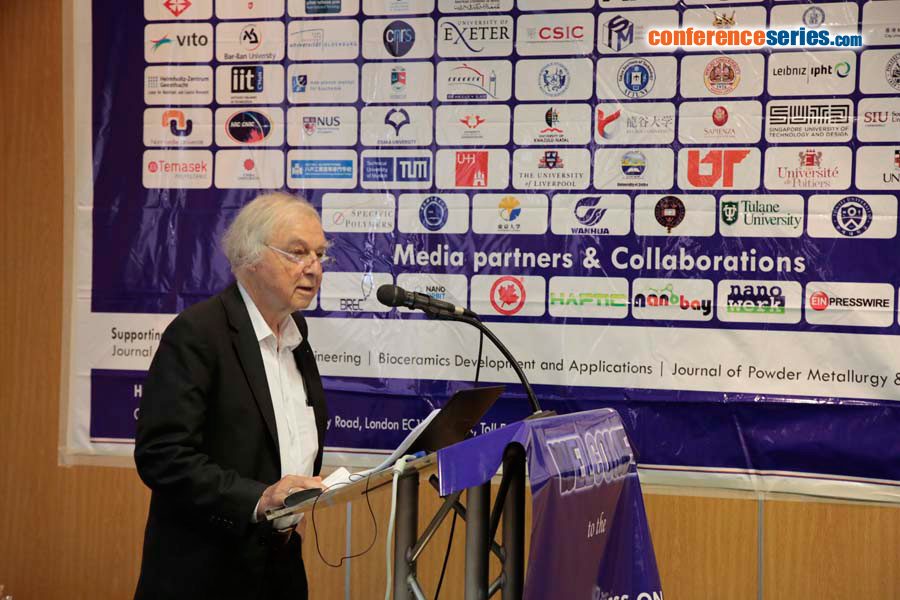
Robert Huber
Max Planck Institute for Biochemistry, Germany
Title: New ways of vision: Protein structures in translational medicine and business development, my experience
Biography
Biography: Robert Huber
Abstract
As a student in the early nineteen sixties, I had the privilege to attend winter seminars organized by my mentor, W Hoppe, and by M Perutz, which took place in a small guesthouse in the Bavarian, Austrian Alps. The entire community of a handful of protein crystallographers assembled in a room which served as living and dining room and as auditorium for the lectures. Today structural biologists organize large congresses with thousands of attendants and there exist many hundreds of laboratories specialized in this field. It appears to dominate biology and biochemistry very visibly if we count covers in scientific journals displaying macromolecular structures. Structural biology was successful, because it was recognized that understanding biological phenomena at the molecular and atomic level requires seeing those molecules. Structural biology revealed the structure of genes and their basic mechanism of regulation, the mechanism of enzymes’ function, the structural basis of immune diversity, the mechanisms of energy production in cells by photosynthesis and its conversion into energy- rich chemical compounds and organic material, the mechanism that makes muscle work, the architecture of viruses and multi-enzyme complexes, and many more. New methods have an essential impact on the development of structural biology. Methods seem to become available in cadence with the growing complexity of the problems and newly discovered methods bring biological problems within reach for researchers, a co-evolutionary process of the development of methods and answerable problems, not only in the field of x-ray diffraction, but also in optical microscopy, nuclear magnetic resonance, and electron microscopy. An important additional incentive for structural biology came from its potential application for drug design and development using knowledge of drug receptor structures at the atomic level combined with theoretical approaches of ligand binding. The commercial interest in application spurred this direction of research enormously. My lecture will focus on protein crystallography and start out with the major factors contributing to its development. Few examples shall illustrate how structure information contributes to our understanding of the physical and chemical basis of biological phenomena and may lead to medical application. I then will let you share my experience with the foundation and development of two biotech companies with different business models, but both based on basic academic research in structural biology: Proteros (www.Proteros.com) offers enabling technology services for pharma- and crop science companies imbedding all steps of the workflow molecular and structural biology can provide and commands and uses its platform for the generation of leads from identified targets to in vivo Proof-of-Concept (PoC). Suppremol (www.Suppremol.com) specializes in the development of novel immune-regulatory therapeutics for the treatment of autoimmune diseases on the basis of a recombinant, soluble, non-glycosylated version of the human Fcg receptor IIB and of receptor binding antibodies. Suppremol was recently acquired by Baxter International Inc. (NYSE:BAX) offering an ideal setting for its therapeutic projects.


